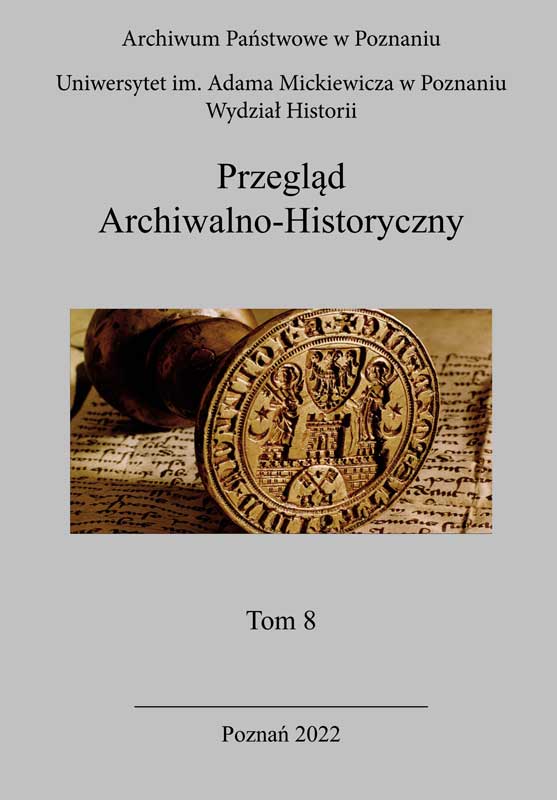Wokół recepcji Łukasińskiego Szymona Askenazego
About the reception of “Łukasiński” by Szymon Askenazy
Author(s): Alina HincSubject(s): Archiving
Published by: Wydawnictwo Uniwersytetu Jagiellońskiego
Keywords: reception; Polish historiography; Szymon Askenazy
Summary/Abstract: The paper discusses the reception of “Łukasiński” — one of the most important historical works by Szymon Askenazy, first published in Warsaw in 1908. At that time, it was a hefty, twovolume publication, 400 pages each. The title itself — “Łukasiński” — may suggest just a biography of Walerian Łukasiński, a Polish independence activist and founder of the National Freemasonry and the Patriotic Society, but its content is much broader. It explores not only the tragic life of Łukasiński, but also the history of Polish secret patriotic associations and the political situation in the Kingdom of Poland in the years 1815–1830. Even the first reviewers of the book, publishing in the years 1908–1909, remarked on how rich it was. They pointed to the timeliness of Askenazy’s work — in the early 20th century, the book fit into the growing independence movement in Poland. The time when “Łukasiński” was written and first published heavily affected its reception. Similar reactions followed the second edition of the book, published in 1929 — also in Warsaw, but already in independent Poland. At that time, its reception was affected by the historical policy of the Sanation, in which the pro-independence conspiracy played an important role. “Łukasiński” was reprinted in the years 2005–2006, based on the second edition, but it did not spark as much interest and was mainly addressed to historians rather than the general audience. Therefore, one may conclude that the circumstances and politics surrounding the publication of subsequent editions of “Łukasiński” largely determined how the work was received at each time.
Journal: Przegląd Archiwalno-Historyczny
- Issue Year: 2021
- Issue No: 8
- Page Range: 29-53
- Page Count: 25
- Language: Polish

